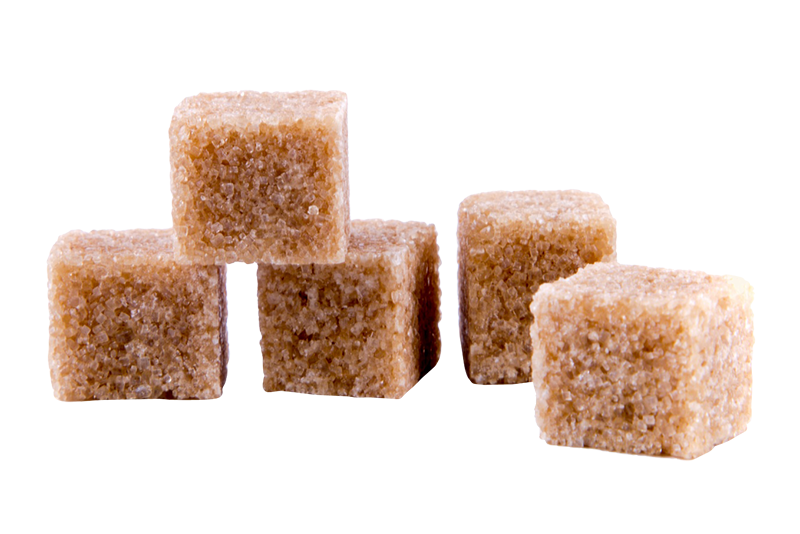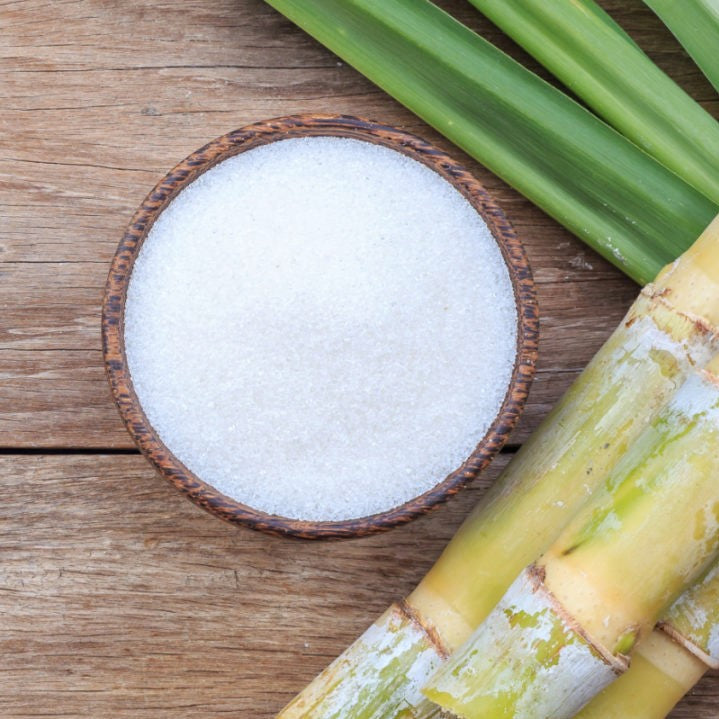Cane Sugar Processing: Secret Technologies for Superior Sugar Manufacturing
An Extensive Overview to the Ecological Impact and Sustainability Practices in Walking Stick Sugar Handling
The ecological influence of walking stick sugar handling offers a complex range of obstacles that warrant mindful exam. From dirt destruction and excessive water use to the carbon footprint connected with growing and production, the consequences of standard practices are far-reaching. In contrast, the adoption of ingenious sustainability measures offers a pathway toward extra accountable manufacturing approaches. Recognizing the interaction between these issues is vital for stakeholders in the market. What certain techniques can be applied to strike an equilibrium between performance and environmental stewardship? The answers depend on a more detailed look at both the challenges and prospective services.
Review of Walking Cane Sugar Handling
Cane sugar handling includes a collection of methodical actions that transform sugarcane into polished sugar. At first, collected sugarcane is transferred to refining centers, where it undergoes cleansing to eliminate dirt and particles. Following this, the walking cane is crushed to extract juice, which is after that made clear by eliminating impurities with home heating and the enhancement of lime.
The cleared up juice undertakes evaporation, where water is eliminated to focus the sugar content. This concentrated syrup is after that taken shape via cooling, enabling sugar crystals to develop. These crystals are divided from the remaining syrup utilizing centrifugation, causing raw sugar. To attain refined sugar, the raw product undergoes more filtration procedures, which may include washing and filtering system to remove staying impurities and shade.
The final product is then dried and packaged for distribution. Throughout this whole process, keeping performance and quality assurance is essential to ensure the sugar meets market requirements. Each action in walking stick sugar processing not only adds to the end product but additionally has ramifications for source usage and waste generation, setting the phase for discussions on sustainability and environmental influences related to sugar production.
Environmental Challenges of Manufacturing
The manufacturing of cane sugar offers numerous substantial ecological difficulties that warrant interest. One primary concern is the considerable use agrochemicals, including plant foods and pesticides, which can lead to dirt destruction, biodiversity loss, and contamination of local water resources. The runoff from sugarcane areas usually lugs these chemicals into nearby environments, interfering with water life and affecting the wellness of areas reliant on these water bodies.
Another challenge is the high power consumption connected with sugarcane processing. The boiling and refining phases call for significant warm, primarily created by melting nonrenewable fuel sources, adding to greenhouse gas emissions. In addition, the expansive acreage required for sugarcane growing can cause deforestation and environment damage, further aggravating environment modification and harmful wildlife.
In addition, the labor techniques in some areas elevate ethical concerns, as workers may encounter inadequate working problems and insufficient salaries. This circumstance typically continues a cycle of poverty in local neighborhoods. Cane Sugar Processing. Dealing with these environmental difficulties is essential for creating extra sustainable practices in cane sugar manufacturing, eventually profiting both the environment and the communities associated with this sector
Water and Land Use Effect
Water resources and land utilization are essential parts in the walking cane sugar sector that dramatically affect the environment. The growing of sugarcane calls for considerable water input, with estimates suggesting that it can consume as much as 2,000 litres of water per kilo of sugar created. This extensive use of water typically brings about deficiency of regional water sources, impacting not just the sugarcane vineyards however additionally surrounding ecosystems and neighborhoods that depend on the very same water sources for farming and domestic use.

Additionally, land usage for sugarcane cultivation can bring about deforestation and the conversion of all-natural habitats right into monoculture haciendas. This practice decreases biodiversity, interrupts local communities, and adds to dirt degradation. The growth of sugarcane fields usually intrudes on beneficial agricultural land, creating competitors for resources in between food and biofuel manufacturing.
Lasting methods, such as enhancing watering methods and executing plant rotation, are vital to mitigate these impacts. By adopting more efficient water use and land monitoring strategies, the more helpful hints cane sugar sector can decrease its environmental impact, ensuring a balance between farming performance and environmental preservation.
Greenhouse Gas Emissions
Greenhouse gas emissions stand for a significant environmental concern within the cane sugar processing market, especially as agricultural methods expand to satisfy global demand. The growing of sugarcane, a plant that prospers in tropical climates, depends greatly on artificial fertilizers and pesticides, which add to laughing gas discharges. Furthermore, land-use modifications, consisting of logging for brand-new sugarcane ranches, launch carbon dioxide saved in vegetation and dirt.
During processing, power consumption is an additional significant source of greenhouse gas exhausts - Cane Sugar Processing. Several sugar mills make use of nonrenewable fuel sources to power machinery and generate warmth, causing significant carbon footprints. In addition, the transportation of raw sugarcane and finished products includes layers of exhausts with fuel burning in automobiles
The cumulative effect of these emissions intensifies environment modification, positioning dangers not only to the setting however also to the long-term viability of the market. Stakeholders must acknowledge the immediate need for detailed techniques that address these exhausts. This involves assessing present agricultural methods, refining approaches, and transport systems to determine locations for improvement and reduction. Dealing with greenhouse gas discharges is vital for cultivating a more sustainable walking cane sugar sector in a changing climate.

Sustainable Practices and Innovations
Sustainable methods and advancements are significantly crucial in the walking stick sugar handling sector as stakeholders seek to lower ecological effects while preserving performance. One significant advancement is the execution of integrated crop administration, which optimizes resource use by combining dirt monitoring, insect control, and plant rotation techniques. This method boosts return while decreasing chemical inputs and maintaining soil health and wellness.
Furthermore, the adoption of sustainable energy resources, such as biomass from sugarcane deposits, has actually acquired grip - Cane Sugar Processing. By converting waste items into energy, refining facilities can reduce their reliance on fossil gas, thus decreasing greenhouse gas emissions
Water administration methods have likewise seen renovations with the recycling and reusing of water in handling plants, considerably reducing freshwater usage. Innovations in technology, such as precision farming, enable farmers to keep an eye on plant health and resource use extra discover this info here effectively, making certain lasting cultivation methods.
In addition, accreditation programs like Fair Trade and Jungle Partnership encourage environmentally liable farming practices and promote social equity within the supply chain. By welcoming these sustainable techniques and innovations, the walking stick sugar handling market can improve its durability and contribute positively to environmental stewardship.
Final Thought
The environmental effect of cane sugar handling presents substantial obstacles, consisting of soil deterioration, high water consumption, and greenhouse gas discharges, along with ethical issues associated to labor practices. Dealing with these issues via lasting practices, such as incorporated plant administration, eco-friendly power adoption, and water recycling, is important. By advertising eco responsible and socially equitable methods in sugar manufacturing, the market can mitigate its negative effects, making sure a more sustainable future for both neighborhoods and communities included in this industry.
Walking cane sugar handling involves a series of systematic steps that change sugarcane right into polished sugar. Each step in walking cane sugar processing not only contributes to pop over to this web-site the last item but likewise has effects for resource usage and waste generation, establishing the phase for conversations on sustainability and environmental effects associated with sugar production.
Greenhouse gas exhausts stand for a substantial ecological issue within the cane sugar handling industry, specifically as farming techniques broaden to satisfy international need.Sustainable practices and technologies are increasingly important in the walking cane sugar processing industry as stakeholders look for to lower ecological influences while maintaining efficiency.The environmental effect of walking cane sugar handling presents considerable obstacles, including soil deterioration, high water usage, and greenhouse gas discharges, alongside honest worries connected to labor practices.